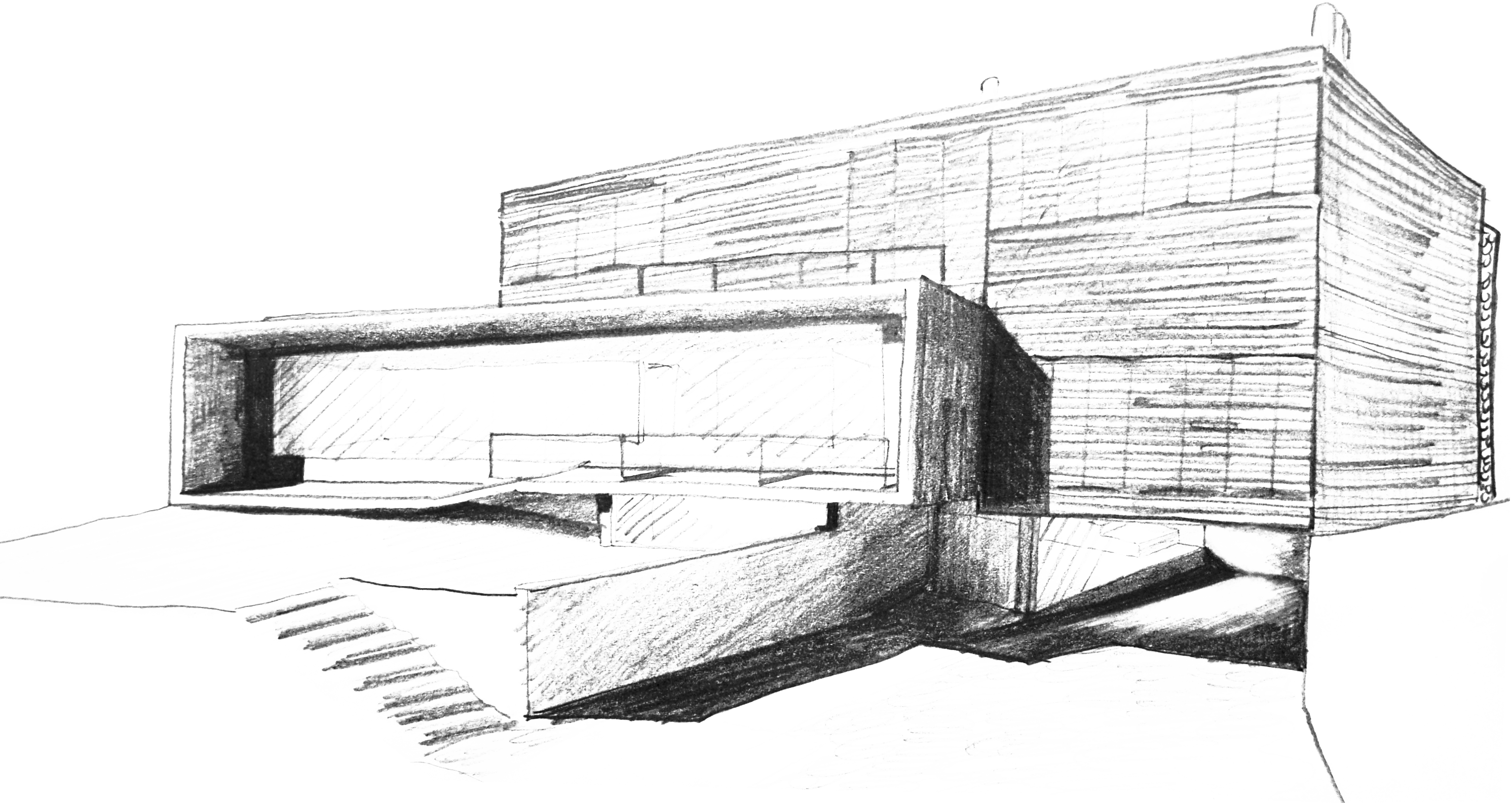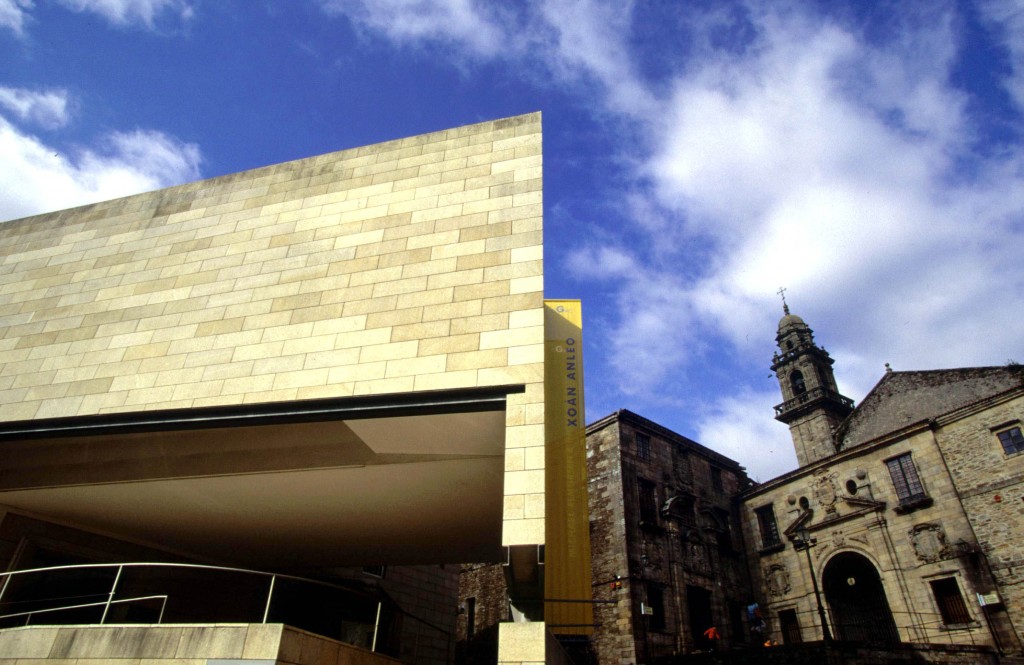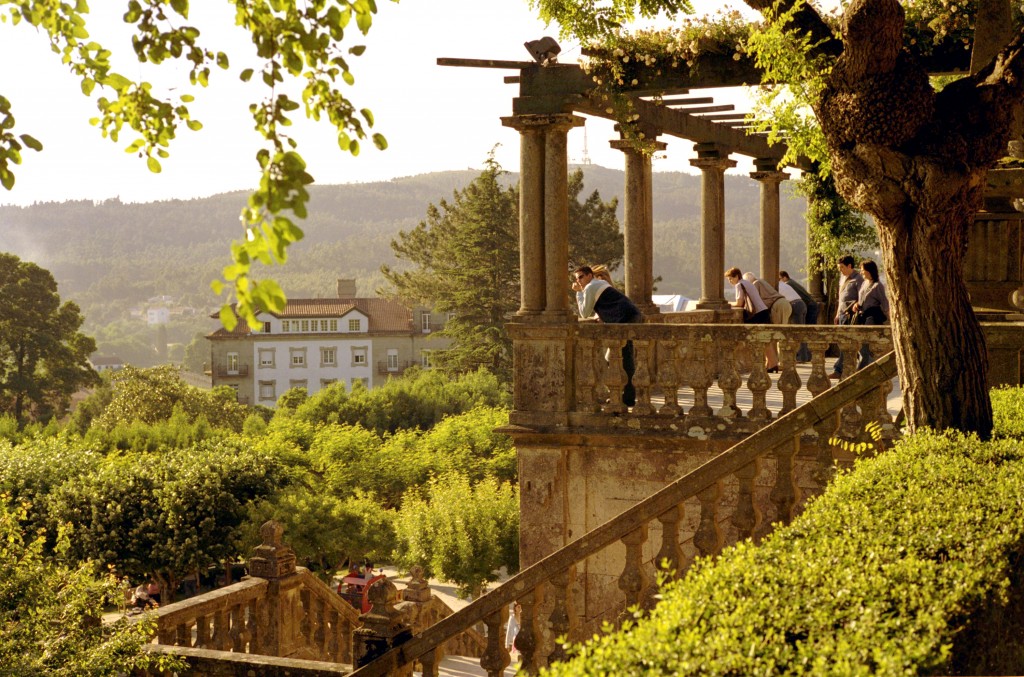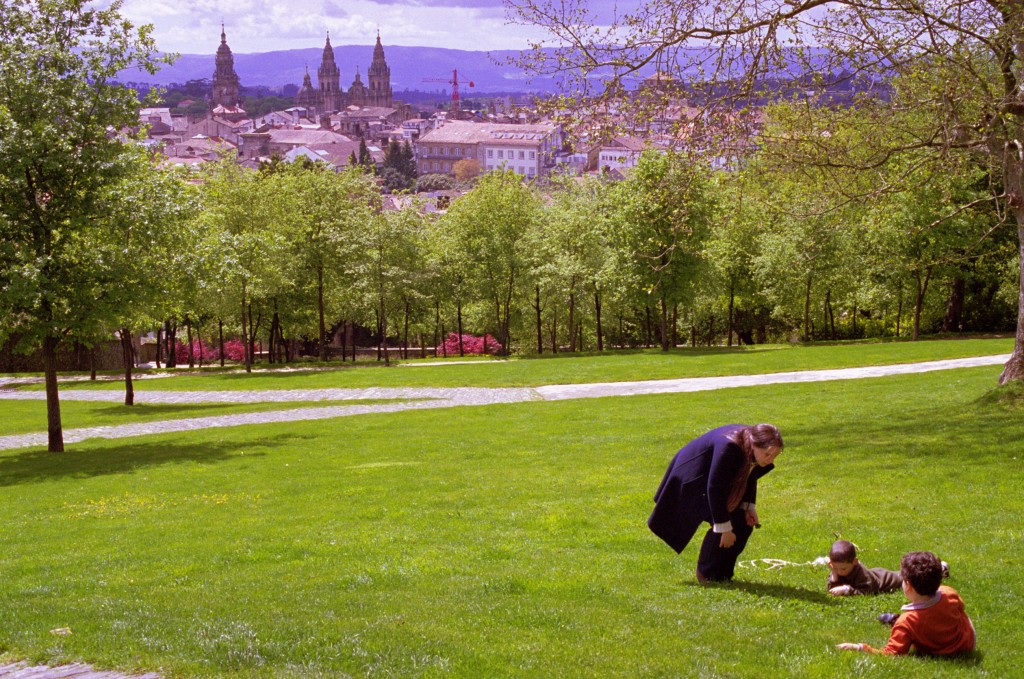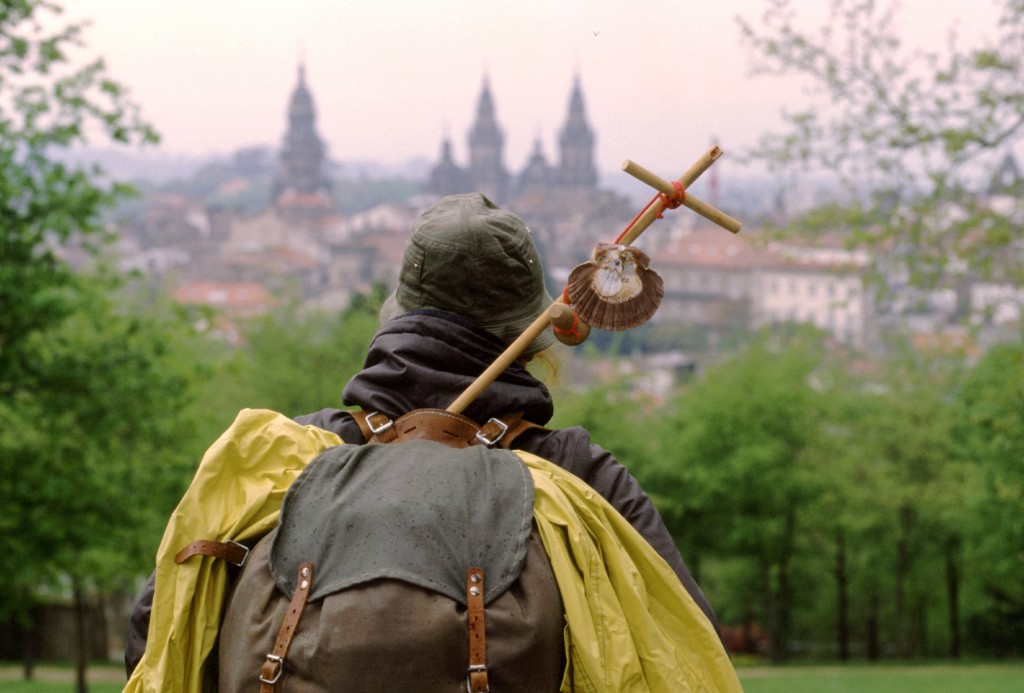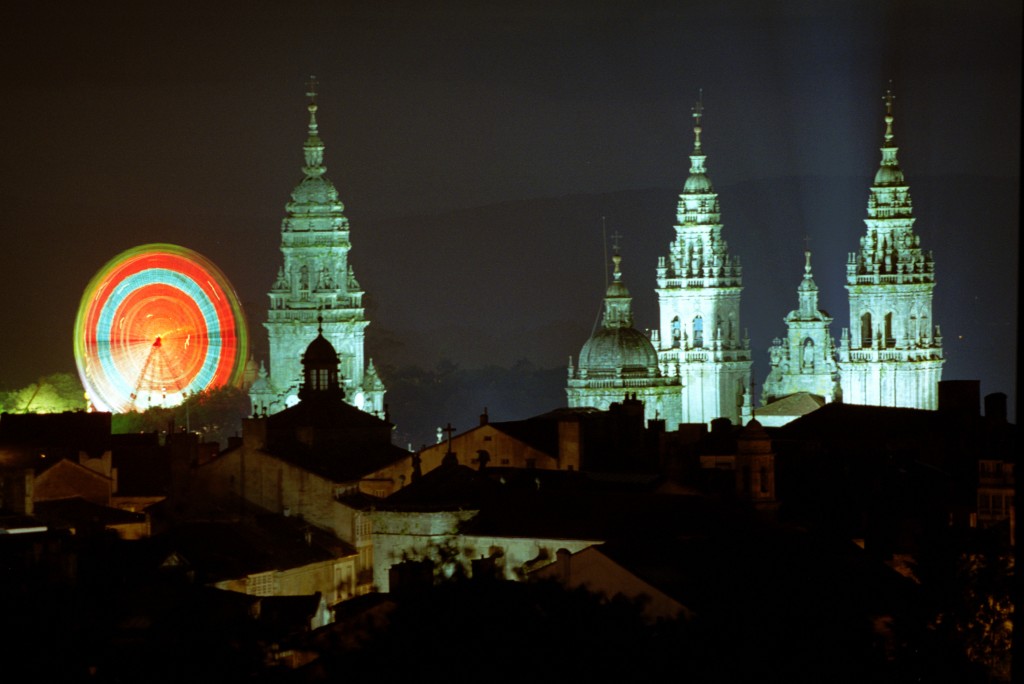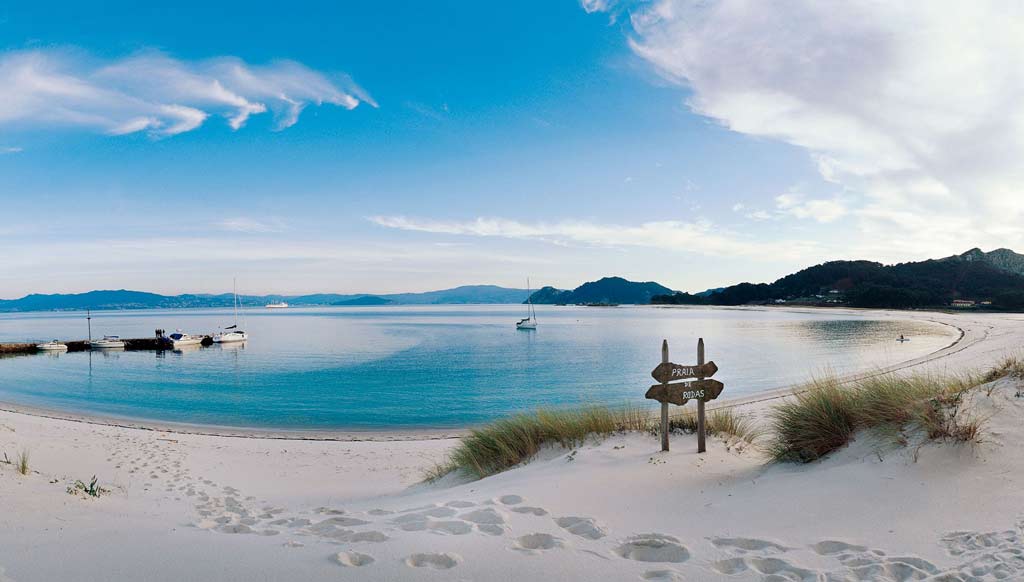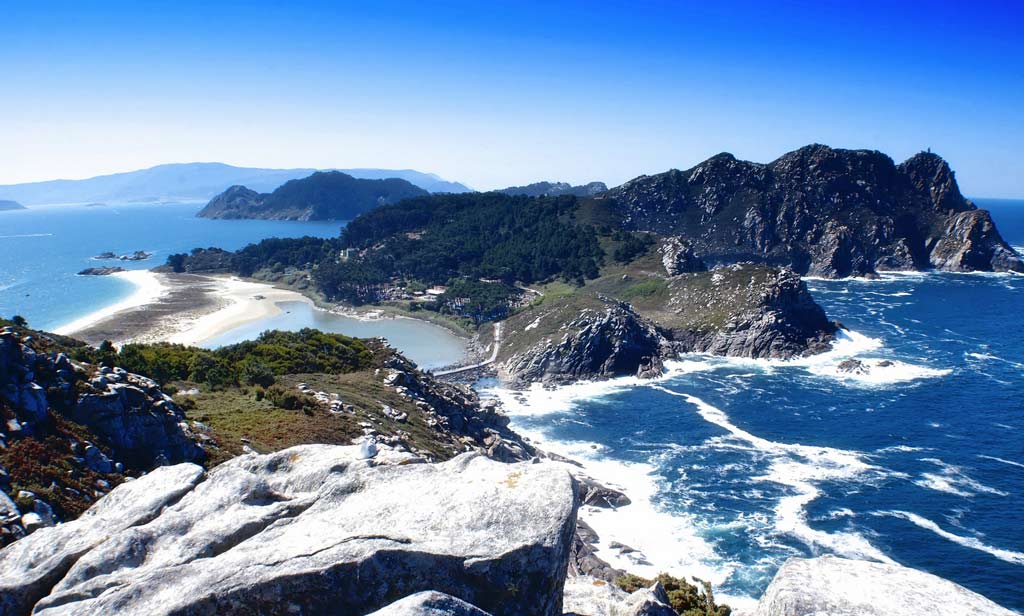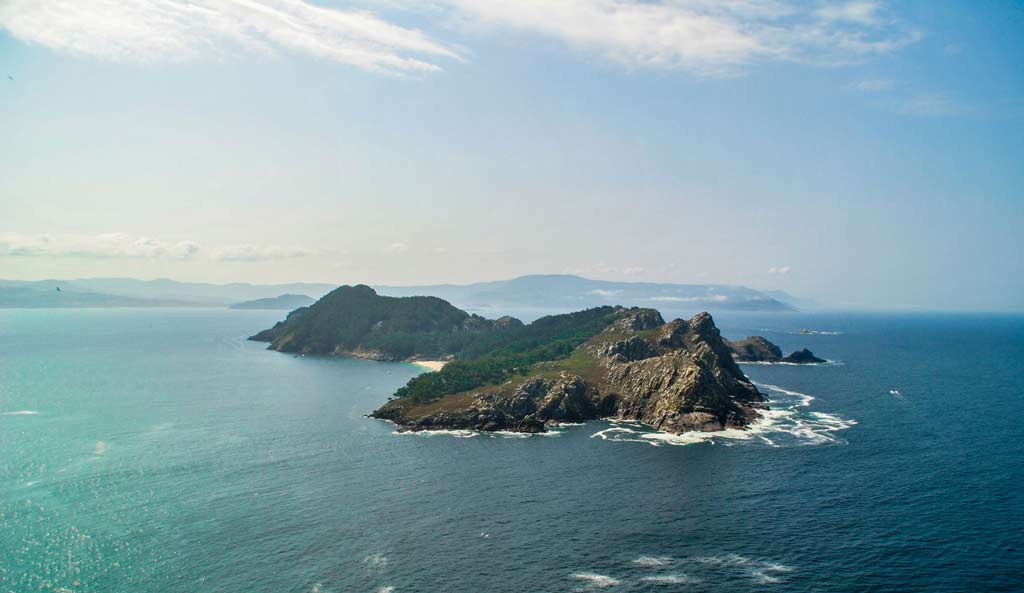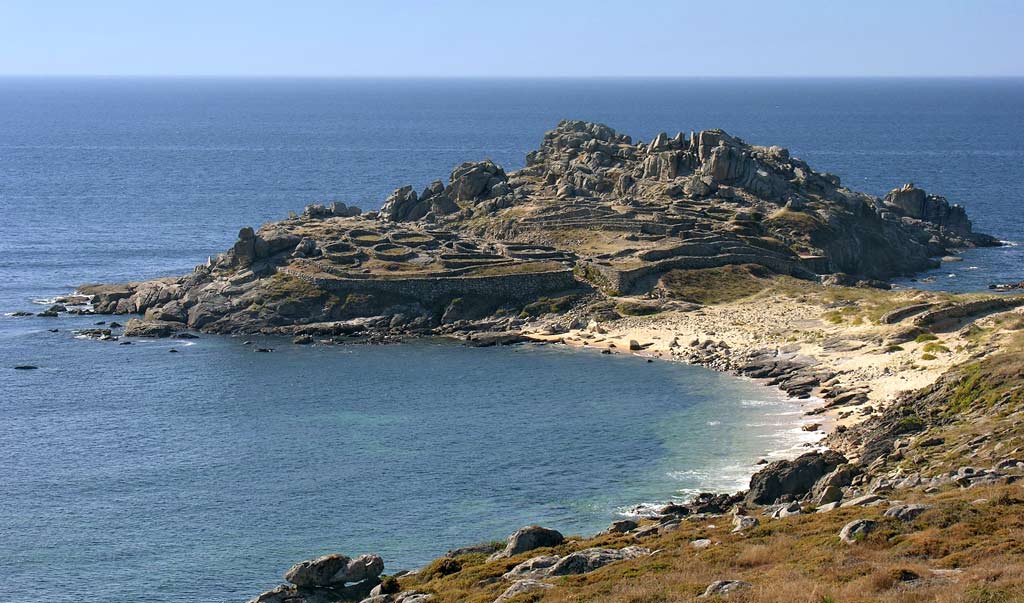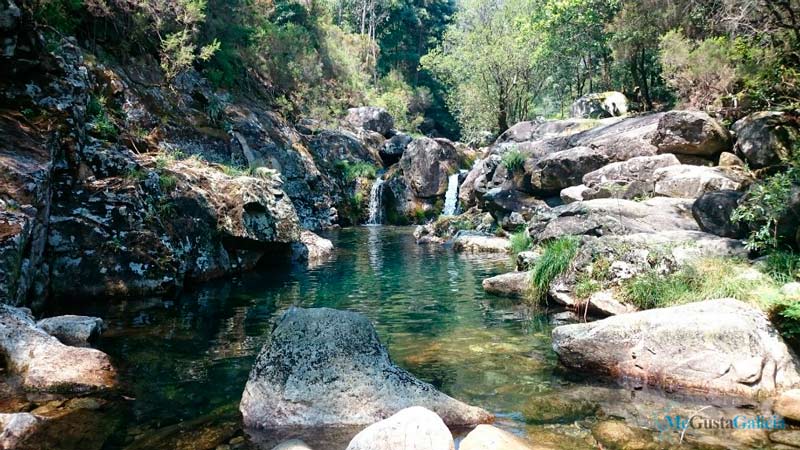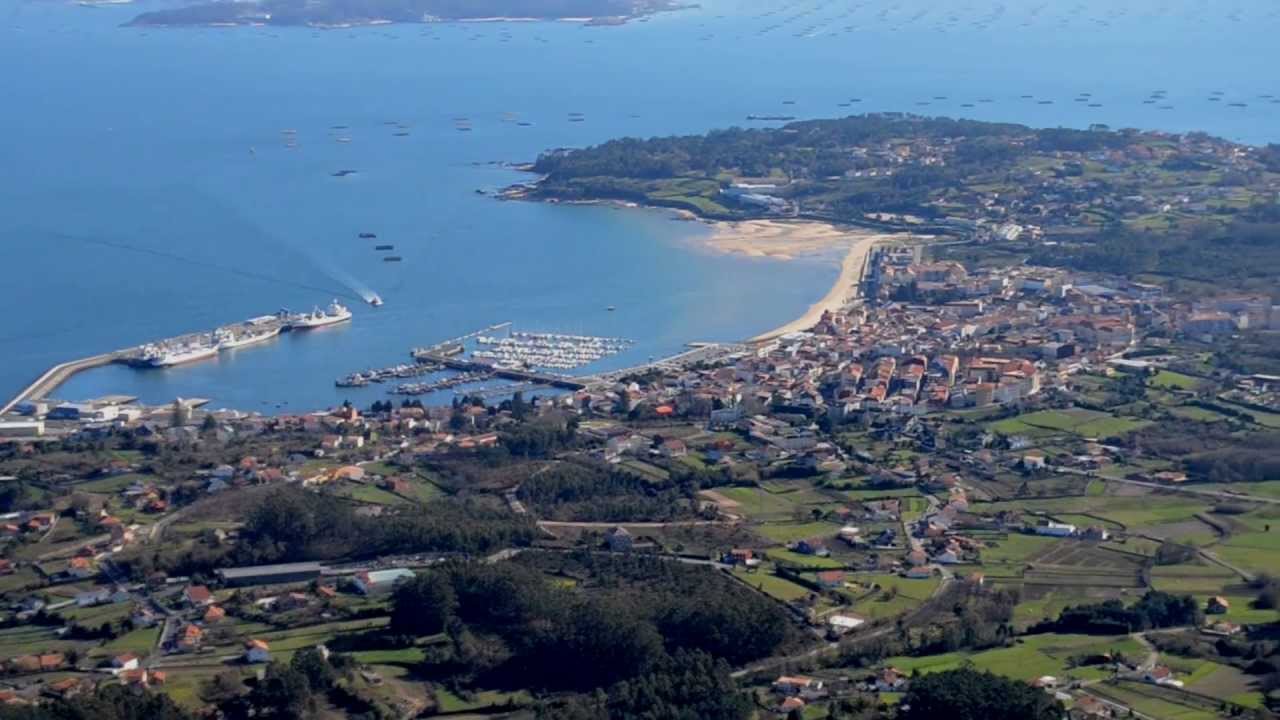DEZANOVE HOUSE Rental luxury private Villa Architectural Holidays. Sleeps: 6+2 / Bathrooms: 4 - relax@dezanovehouse.com
SANTIAGO DE COMPOSTELA
The city has its origin in the shrine of Saint James the Great, now the city’s cathedral, as destination of the Way of St. James, a leading Catholic pilgrimage route originated in the 9th century. In 1985 the city’s Old Town was designated a UNESCO World Heritage Site.
The cathedral borders the main plaza of the old and well-preserved city. Legend has it that the remains of the apostle James were brought to Galicia for burial. In 813, according to medieval legend, the light of a bright star guided a shepherd who was watching his flock at night to the burial site in Santiago de Compostela. The shepherd quickly reported his discovery to the bishop of Iria, Bishop Teodomiro. The bishop declared that the remains were those of the apostle James and immediately notified King Alfonso II in Oviedo.
To honour St. James, the cathedral was built on the spot where his remains were said to have been found. The legend, which included numerous miraculous events, enabled the Catholic faithful to not only maintain their stronghold in northern Spain during the Christian crusades against the Moors, but also led to the growth and development of the city.
Along the western side of the Praza do Obradoiro is the elegant 18th century Pazo de Raxoi, now the city hall. Across the square is the Pazo de Raxoi, the town hall and seat of the Galician Xunta, and on the right from the cathedral steps is the Hostal dos Reis Católicos, founded in 1492 by the Catholic Monarchs, Isabella of Castille and Ferdinand II of Aragon, as a pilgrims’ hospice (now a parador).
Santiago is the site of the University of Santiago de Compostela, established in the early 16th century. The main campus can be seen best from an alcove in the large municipal park in the centre of the city.
Within the old town there are many narrow winding streets full of historic buildings. The new town all around it has less character though some of the older parts of the new town have some big flats in them.
Santiago de Compostela has a substantial nightlife. Divided between the new town and the old town, a mix of middle-aged residents and younger students running throughout the city until the early hours of the morning can often be found. Radiating from the centre of the city, the historic cathedral is surrounded by paved granite streets, tucked away in the old town, and separated from the newer part of the city by the largest of many parks throughout the city, Parque da Alameda. Whether in the old town or the new town, party-goers will often find themselves following their tapas by dancing the night away.
CIES ISLANDS
Rank among the “Top 10 beaches of the World” by The Guardian in 2008 the Cíes Islands are an archipelago off the coast of Pontevedra in Galicia, in the mouth of the Ría de Vigo. They were declared a Nature Reserve in 1980 and are included in the Atlantic Islands of Galicia National Park created in 2002.
The world’s largest colony of 22,000 pairs of seagulls exists here and they are the dominant species in Cíes. A census in 1960 counted 400 pairs of Iberian guillemots, which is now almost extinct on the islands. There are many other species of birds of prey, pigeons, petrels, pelicans, doves, woodpeckers and other types of birds, which nest in trees and cliffs. Also, there are a variety of many types of birds wintering or resting on their migratory journeys here.
CASTRO DE BAROÑA
(42.694742,-9.031975) – 20,9 km – 21 min. by car.
It is an archaeological site of 2000 year old Celt fortress in Province of A Coruña. The settlement dates from the first century BC to the first century AD and consists of 20 circular or oval stone houses within a double defensive wall. It is an example of Castro culture.
THE DUNES OF CORRUBEDO NATURAL PARK
(42.58437,-9.04482) – 14,9 km – 14 min. by car.
It is a 4 square miles (10 km²) natural park on the Atlantic coast of Spain. It is one of six natural parks in the autonomous community of Galicia. It is situated at the very end of the Barbanza Peninsula in the province of A Coruña.The natural park was designated in 1992. Its international importance as a wetland was recognised the following year when it became a Ramsar site. The natural park is an important site for bird-life and the European Union has included it within a Special Protection Area.
A POBRA DO CARAMIÑAL
(42.606334,-8.938077) – 3,1 km – 4 min. by car.
It is a town at the entrance of one of the lower bays of the Galician coastline known as the “Ria de Arousa”. It is the next stop out of the ria (bay or more apropos ‘fjord’) after Boiro and is famous for its unusual festival procession in September. A Pobra do Caramiñal features a large harbor with docs for commercial and leisure craft, the Alameda, the Old Town, and a popular beach.
NATURAL POOLS OF PEDRAS RIVER
(42.633892,-8.95543) – 5,5 km – 15 min. by car or 68 min. walking
CUROTA VIEWPOINT
(42.633892,-8.95543) – 5,5 km – 15 min. by car or 68 min. walking
